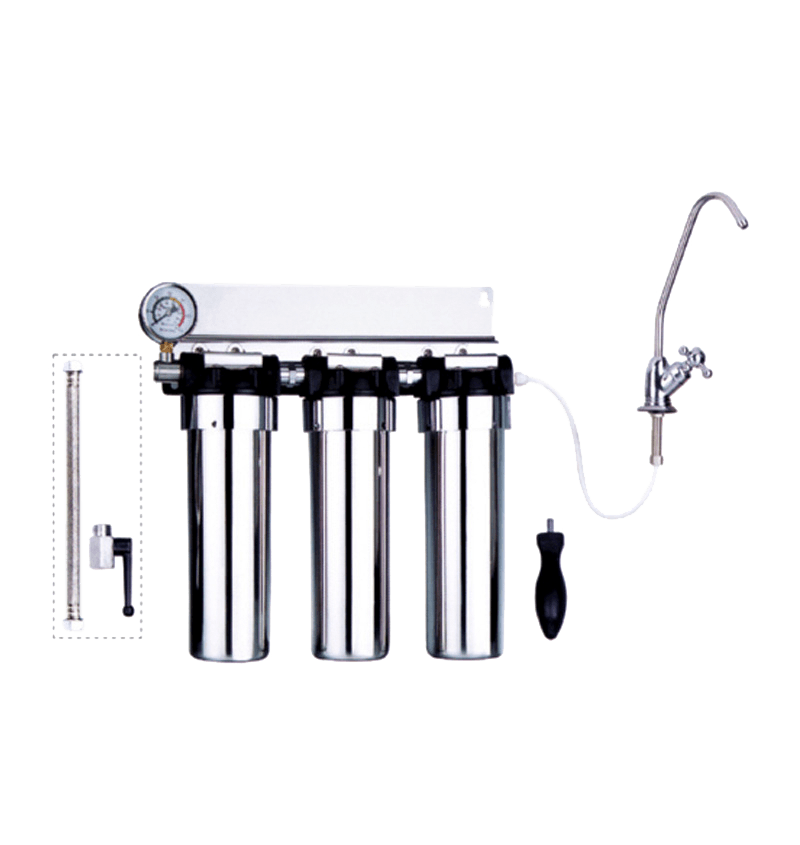The use of water purifiers has been widely used in households in various cities, but with the increasing popularity of water purifiers and the advent of summer, some important common sense of water purifiers need to be understood. , Especially the cleaning of the water purifier, long-term use without cleaning may turn the water purifier at home into a "sewage device". To choose a water purifier product that is truly suitable for their use, consumers need to make a rough diagnosis of the water quality in their homes.
1.Look: "Look", directly observe with the naked eye. You can use a transparent glass to fill a glass of water from the tap of your own faucet and let it settle for three hours, and then observe whether there is any sediment at the bottom of the cup. If there is, it means that the water is too suspended many.
2. Smell: "smell" is to feel the smell of water with the nose. At present, most of the tap water in our country is disinfected with chlorine gas. If the chlorine gas exceeds the standard, it will produce a very pungent smell.

3. Taste: "Taste", of course, try to drink it. Method: drink boiled water with or without the smell of bleach (chlorine), if you can smell the smell of bleach (chlorine), it means that the residual chlorine in the tap water exceeds the standard! A water purifier must be used for terminal treatment.
4. Observe: "Observe" is different from looking. That is to observe the condition of the water within a certain period of time. Method: Use tap water to make tea and observe whether the tea turns black overnight? If the tea turns black, it means that the tap water contains iron, If the manganese exceeds the standard, a water purifier equipped with iron and manganese filter elements should be used for terminal treatment.
5. Product: "Pin" drinking water is the same as drinking tea. You have to experience it with your heart. Method: Pour a cup of boiled water and taste the boiled water. Is there any astringency in the taste? If so, it means that the hardness of the water is too high.
6. Check: "Check" is to check whether there is a layer of yellow dirt on the inner wall of the water heater and kettle at home? If the water quality is harder, some water containers in the house will be scaled, which is what we often call "scale" .




 English
English عربى
عربى Português
Português Español
Español








